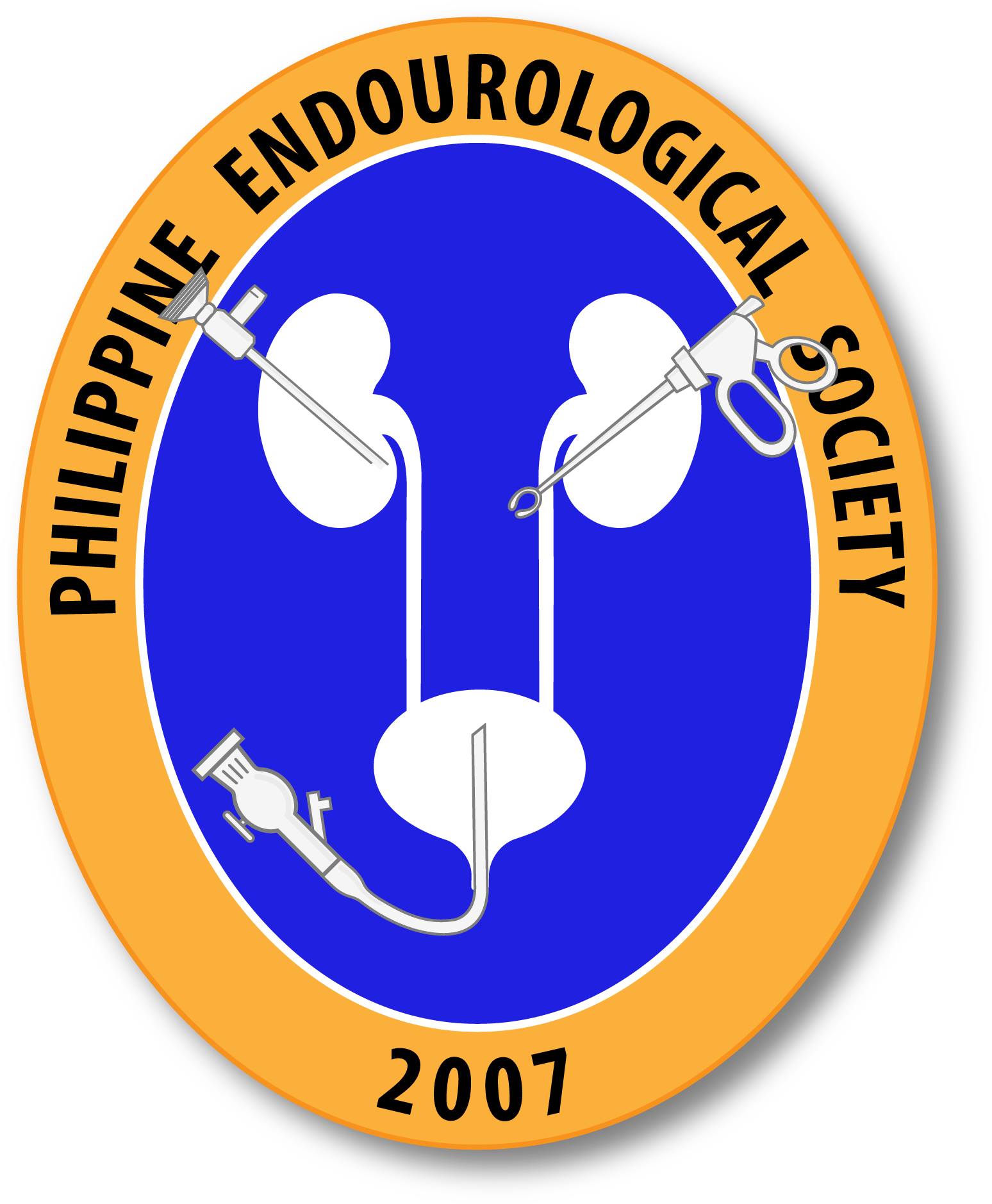The autologous pubovaginal fascial sling: An update in 2019.
The contemporary management of stress urinary incontinence (SUI) has seen renewed interest in the use of autologous fascia for the formation of a retropubic suburethral sling. Traditionally, it has been used in only the most severe of incontinence cases, such as those women with intrinsic sphincter deficiency, or in patients requiring concomitant reconstructive procedures. In […]
